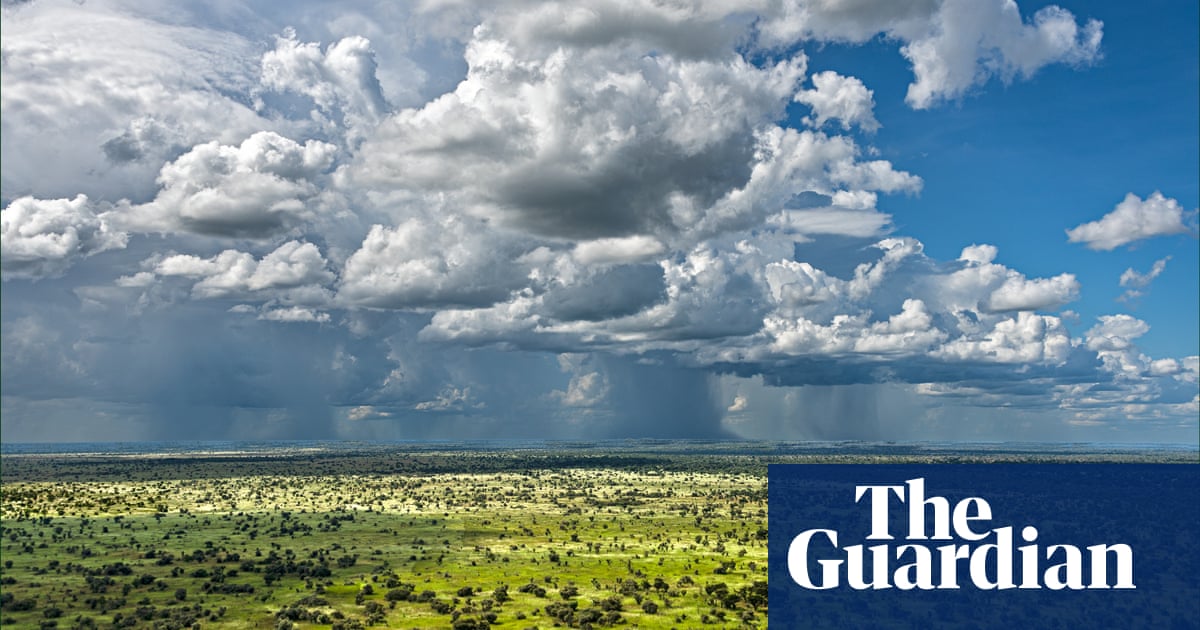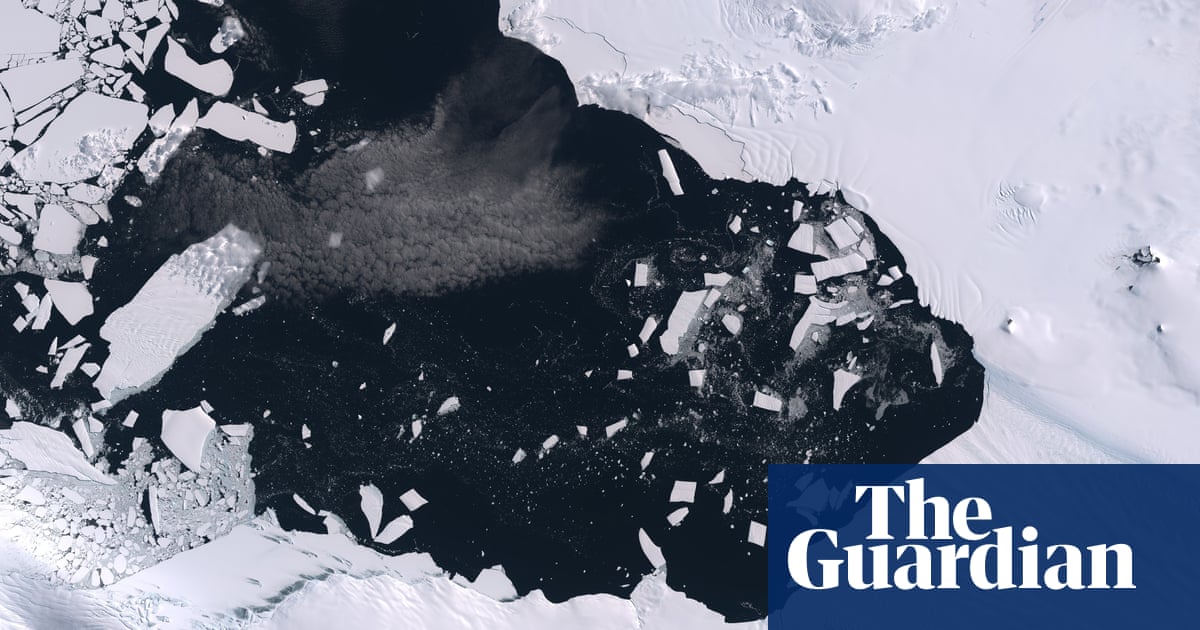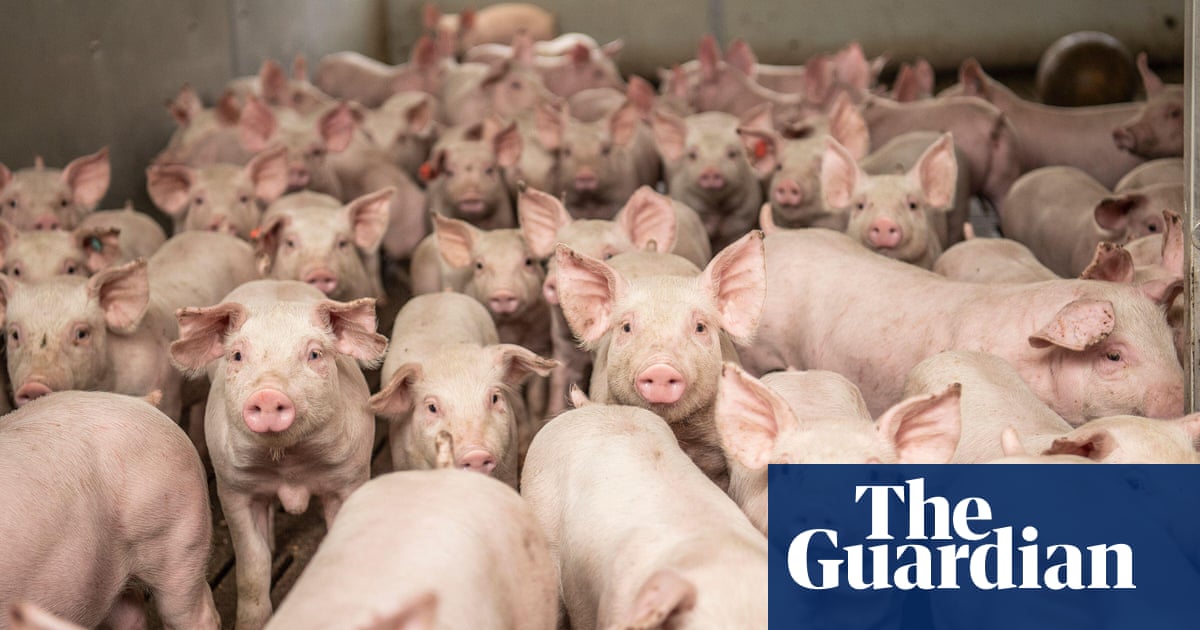An extensive aerial survey in South Sudan has revealed an enormous migration of 6 million antelope â the largest migration of land mammals anywhere on Earth. It is more than double the size of the celebrated annual âgreat migrationâ between Tanzania and Kenya, which involves about 2 million wildebeest, zebra and gazelle.
âThe migration in South Sudan blows any other migration we know of out the water,â said David Simpson, wildlife NGO African Parksâ park manager for Boma and Badingilo national parks, which the migration moves between and around. âThe estimates indicate the vast herds of antelope species ⦠are almost three times larger than east Africaâs great migration. The scale is truly awe-inspiring.â
The animals across the region have endured despite decades of civil war and instability in South Sudan.
In 2007, a Wildlife Conservation Society survey suggested South Sudanâs migration involved about 1.3 million animals. But African Parks, which manages Boma and Badingilo national parks in the south-east of South Sudan on behalf of the government, has been able to provide a more accurate count using improved technology and assessing a more comprehensive area. Two planes were kitted out with cameras programmed to take a photo every two seconds. This produced 330,000 images, which were studied by University of Juba graduates using software to count the wildlife.
âSeeing these animals here at such scale is something I could have never fathomed still existed on the planet,â said Mike Fay, African Parksâ landscape coordinator for Boma and Badingilo. âFrom the air, it felt like I was watching what Earth might have been like millennia ago, when nature and humans still existed together in balance.â
South Sudan president Salva Kiir Mayardit said that the count made the countryâs migration ânumber one in the world,â adding that âas South Sudan continues to develop we are committed to transforming the wildlife sector into a sustainable tourism industry.â
From 28 April to 15 May 2023, the pilots and observers flew over an area of 122,774 sq km â almost the size of Greece â taking in the entire known range of the antelope species in the Boma-Badingilo Jonglei landscape. They covered some areas that had never been surveyed. As well as antelope, the surveyors documented other species including lions, giraffes, buffalo and elephants.
âThe most difficult challenge is setting up the aerial survey equipment on the planes, so the field of view is correct and the calibration is precise and accurate,â Fay said. âItâs extremely dangerous flying low-level with big birds, like vultures, in the air around the plane, and itâs intense flying for four hours and counting continuously every day for weeks.â
The estimates indicated 5 million white-eared kob, just under 300,000 tiang, 350,000 Mongalla gazelle, and 160,000 bohor reedbuck, the four species of antelope totalling just under 6 million. Fay said that figure means that âthis great Nile migration of antelope is the largest on Earth, according to our data, dwarfing any other known land mammal migration on the planetâ.
The great Nile migration is a year-round movement of animals from the south-west to the north-east, passing into Gambella in Ethiopia and back again. It is probably driven by the availability of good grazing conditions.
As part of the study, 126 animals across 12 species were collared to measure the distances they travelled: 11 collared white-eared kobs, the most numerous antelope in the landscape, were tracked covering approximately 2,000km (1,250 miles) each. South Sudanâs isnât the longest land mammal migration on Earth â the caribou migration in Alaska, at 3,200km (2,000 miles), is longer â but it is a similar distance to the great migration between Tanzania and Kenya, which includes the renowned Mara River crossing. And, while South Sudanâs is the most numerous large mammal migration, its numbers are dwarfed by Zambiaâs annual bat migration, in which 10 million straw-coloured fruit bats fly from west Africa to Kasanka national park.
The studyâs findings are âa gamechanger for conservation efforts in South Sudanâ, Simpson said, and could become âone of the greatest conservation opportunities on the planetâ.
South Sudan isnât considered safe for international tourism, but such a vast wildlife spectacle means âthe potential for tourism is immenseâ, says Simpson. âHaving the worldâs largest land mammal migration could put South Sudan on the map as a must-visit ecotourism destination. But the migrationâs current critical value is food security for local communities.â
The Boma-Badingilo Jonglei landscape is home to numerous people, many of whom live off the land. As well as revealing the scale of wildlife in the landscape, the survey revealed threats to the migratory animals and the human communities that rely on them, Simpson said, including âthe expansion of roads, agriculture, charcoal production, commercialisationâ. âThese activities can lead to habitat loss, resource depletion and disruption of migration routes, ultimately threatening the survival of the migration and the livelihoods of local people,â he said.
âBy ensuring the health of the ecosystems the migration depends on, the livelihoods of people across the migration landscape can be secured.â
Find more age of extinction coverage here, and follow biodiversity reporters Phoebe Weston and Patrick Greenfield on X for all the latest news and features









